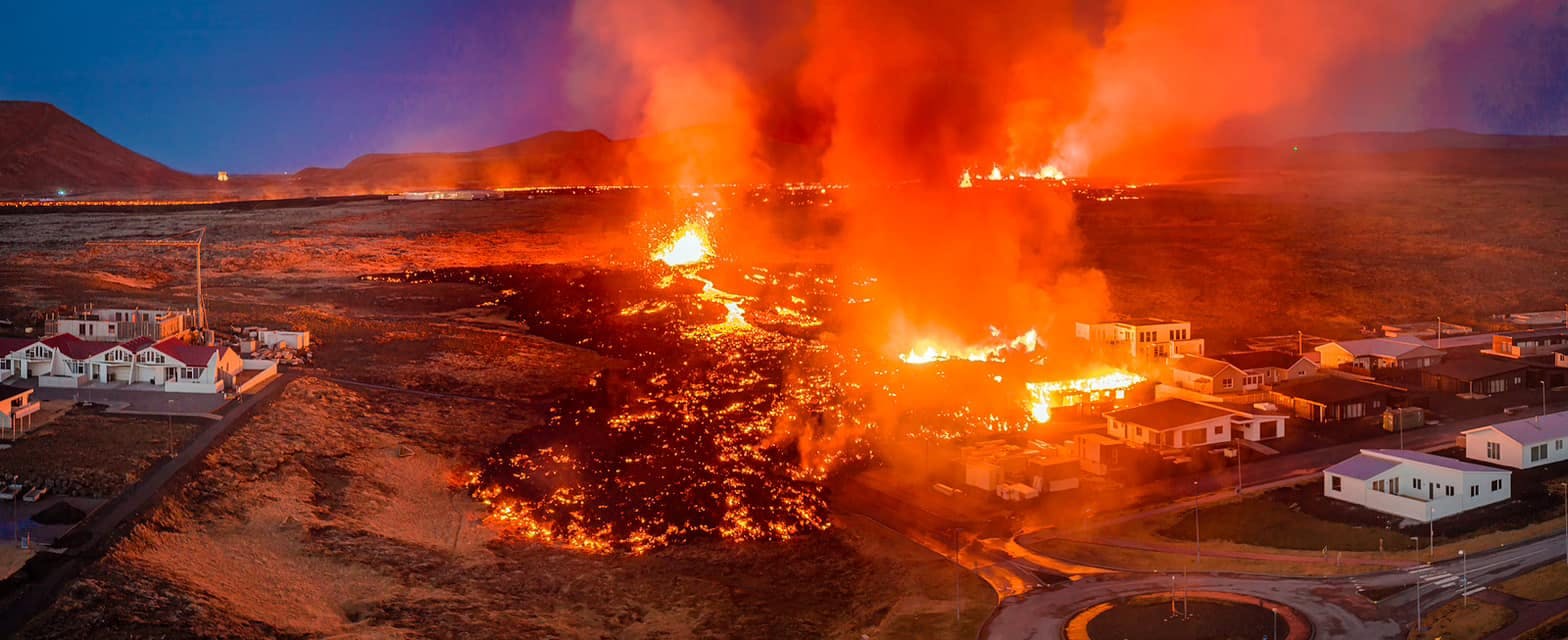
Active Volcanoes in Iceland 2025
Iceland is home to many active volcanoes. However, the term "active" often leads to some confusion when referring to volcanoes. It is vital to clarify that an active volcano doesn't necessarily mean a volcano that's currently erupting. Rather, a volcano is classified as active if it can erupt, even if it's not presently spewing ash, rocks, gases, or magma.
For this discussion, we'll adopt a broad understanding of what constitutes an "active" volcano. We're not just considering volcanoes that are in the midst of an eruption but also those with the future potential to erupt. So, with this expanded definition in mind, which volcanoes in Iceland in 2025 are recognised as active?
Active Volcano Eruptions in Iceland: Sundhnúkagígar
North of the town, Grindavík, between Sýlingarfell and Hagafell, is the active Sundhnúkagígar Crater Row that has been erupting regularly since December 2023. There is no telling when eruptions will end in this fissure volcano, Sundhnúkagígar Crater Row.

Here is a summarisation of the latest eruptions:
- July Eruption 2025: A volcanic eruption began at 3:55 AM on the Sundhnúkur Crater Row on July 16th, 2025, and ended August 4. The lava field covered approximately 3.3 km² with a volume of about 26.8 million cubic meters.
- April Eruption 2025: On April 1, 2025, a volcanic eruption began at the Sundhnúkagígar Crater Row near Grindavík, prompting evacuations of the town and the Blue Lagoon spa.
- November Eruption 2024: An eruption began between Stóra-Skógfell and Sýlingarfell on November 20, with a 3-km fissure and a smaller lava flow rate than the August eruption.
- August Eruption 2024: The eruption began on August 22nd at 21:25. The eruption was declared over September 6th, 14 days later.
- May Eruption 2024: The eruption began on May 29, 2024, the fissure expanded to approximately 3.4 km and lasted for 24 days, ending on June 22nd.
- March Eruption 2024: The March 16th eruption between Stóra-Skógfell and Sýlingarfell followed seismic activity, producing a 3km long fissure that threatened Grindavík's defenses. This eruption ended May 9th, 2024.
- February Eruption 2024: Starting on February 8th, this eruption northeast of Sýlingarfell featured a 3km long fissure affecting infrastructure, including a hot water pipeline, with activity ceasing by February 9th.
- January Eruption 2024: The January 14th eruption, initiated by earthquakes, saw a fissure opening near Grindavík, breaching a protective barrier and causing fire and damage to the town before subsiding.
- December Eruption 2023: On December 18th, a large fissure eruption began near Sundhnúkagígar, producing high lava flow rates and stretching 4km, but intensity dropped significantly by December 21st.
See more detailed information on all of the volcanic eruptions in Iceland's Reykjanes Peninsula.
Fagradalsfjall
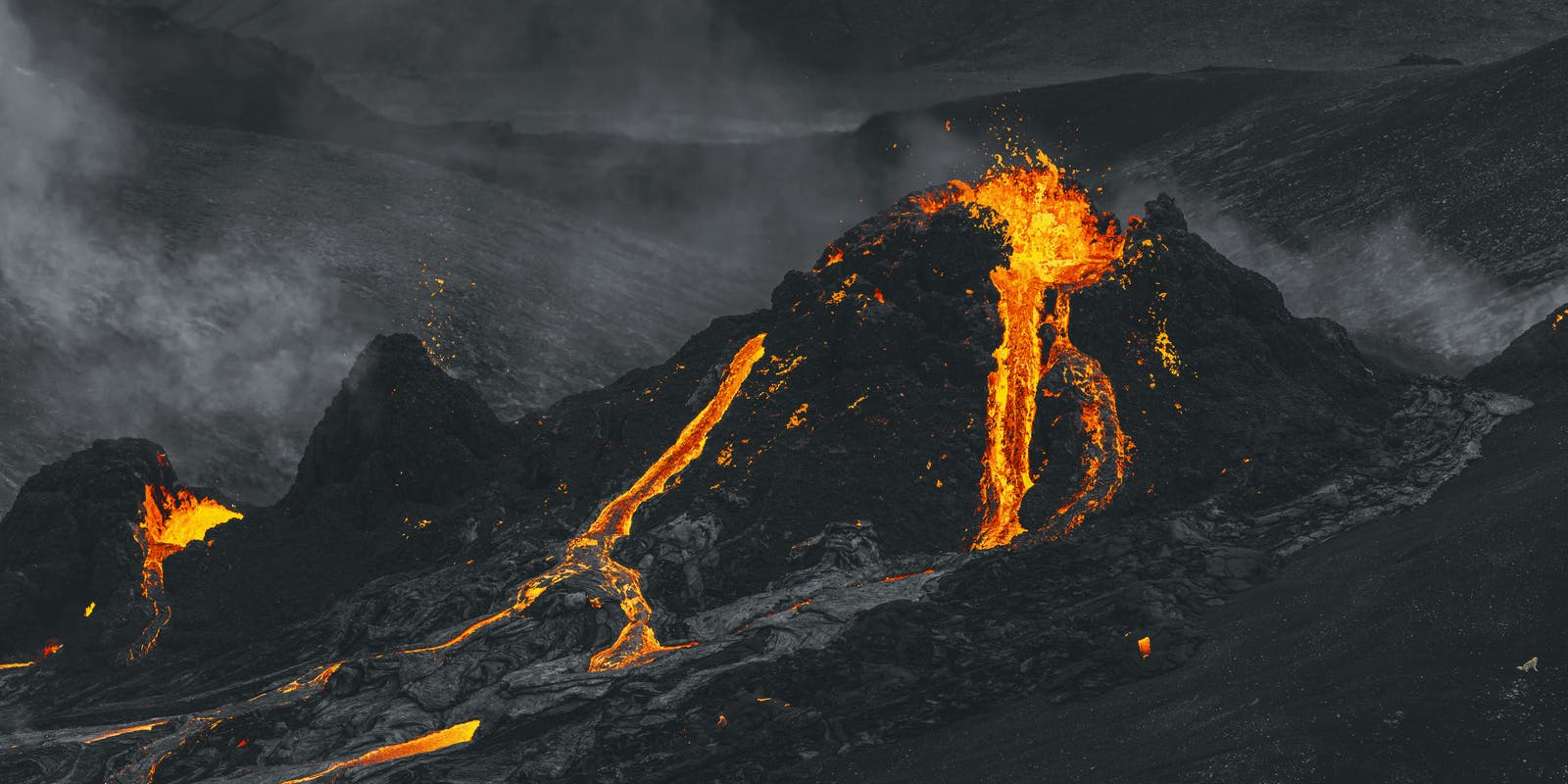
What's fascinating about Fagradalsfjall volcanic system and the surrounding area, is that it slept silently for around 6000 years before its dramatic awakening. This event serves as a reminder of the latent power beneath even the seemingly quiet volcanoes of Iceland, urging us to broaden our focus beyond the infamous Hekla and Katla.
The stirring of Fagradalsfjall started in early 2021 with a series of earthquakes hinting at potential volcanic activity beneath the surface. Before long, scientists were able to confirm that magma was beginning to fill the volcano's underground chamber. By March, Fagradalsfjall was ready to put on a spectacular display of nature's power.
The eruption drew attention from around the globe, transforming Fagradalsfjall into a hotspot for tourists and significantly boosting local tourism in the Reykjanes Peninsula. The volcano spewed molten lava for six months, creating a mesmerising spectacle. However, the phenomenon didn't threaten the local residents of nearby Grindavik, thanks to the safe distance between the town and the eruption site and its moderate power.
Following an interlude in the volcanic activity, Fagradalsfjall briefly returned to an active state with another round of eruptions in 2022 and 2023. The story of Fagradalsfjall serves as a reminder of the dynamic and unpredictable nature of Iceland's geology.
Eyjafjallajökull
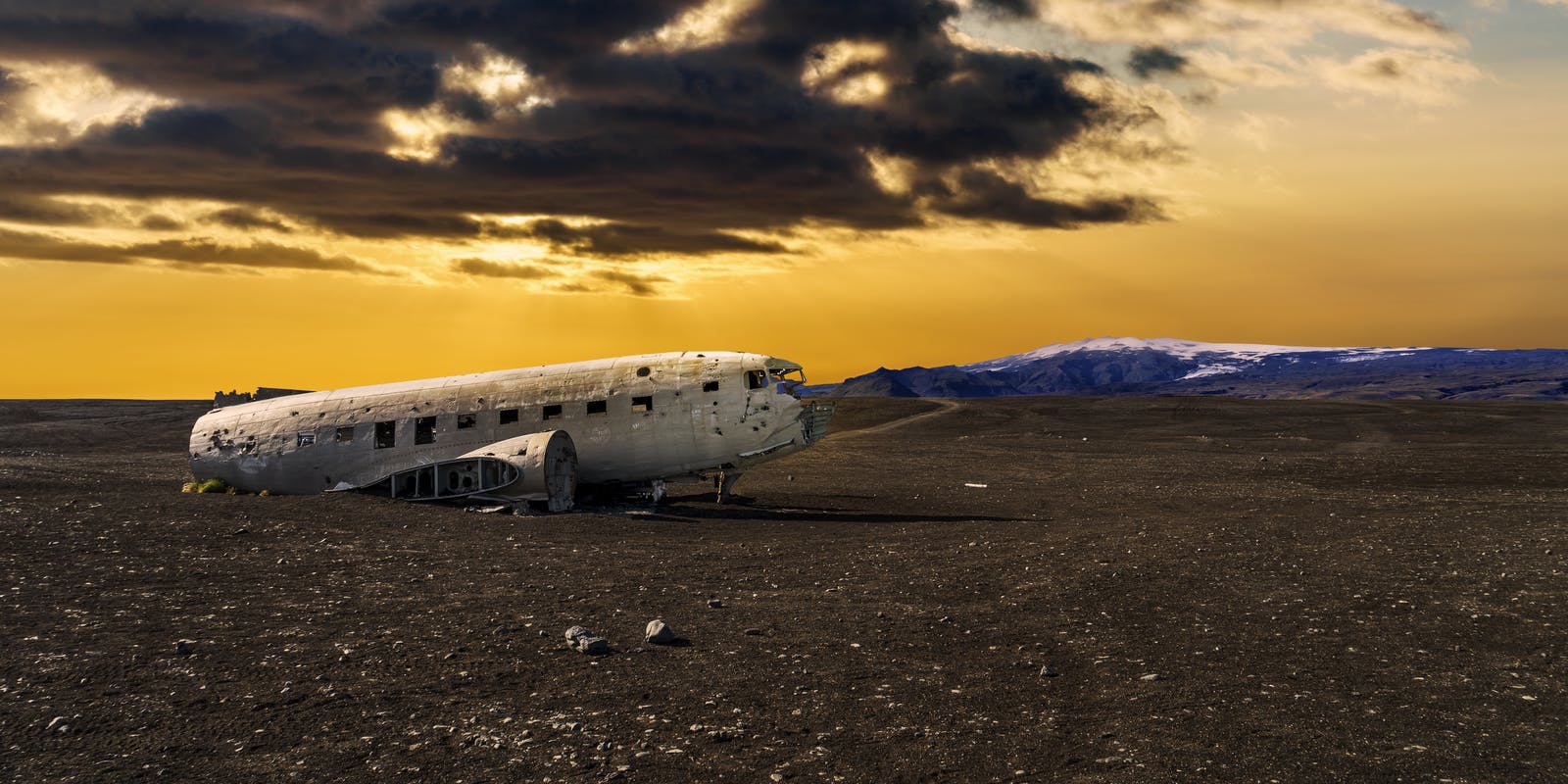
Iceland's rich volcanic activity often gains global attention, especially when an eruption is about to occur or is already in progress. Though there have been many significant eruptions in recent decades, the one that truly made the world sit up and pay attention was the Eyjafjallajökull eruption of 2010. For an eruption to make such a worldwide impact, it typically has to exhibit some unusual characteristics.
Eyjafjallajökull, if you recall, puffed out enough ash to make a giant cloud blown eastwards, disrupting flights from the USA to Europe. Halting air traffic, it turns out, is an effective way to get the world's attention.
After this disruptive event, Eyjafjallajökull has since been relatively quiet, allowing life in its vicinity in Iceland to return to its usual rhythm. Yet, this volcano has left a lasting impression, partly due to its challenging name for non-Icelandic speakers and mainly because of the memorable event it caused.
Despite its recent quiescence, Eyjafjallajökull is not to be underestimated. While it has been relatively inactive and is currently classified as dormant, the larger volcanic system to which Eyjafjallajökull belongs is very active. Thus, while Eyjafjallajökull itself may be silent for now, the system it's part of retains the potential to stir up geologic drama in the future.
Bárðarbunga
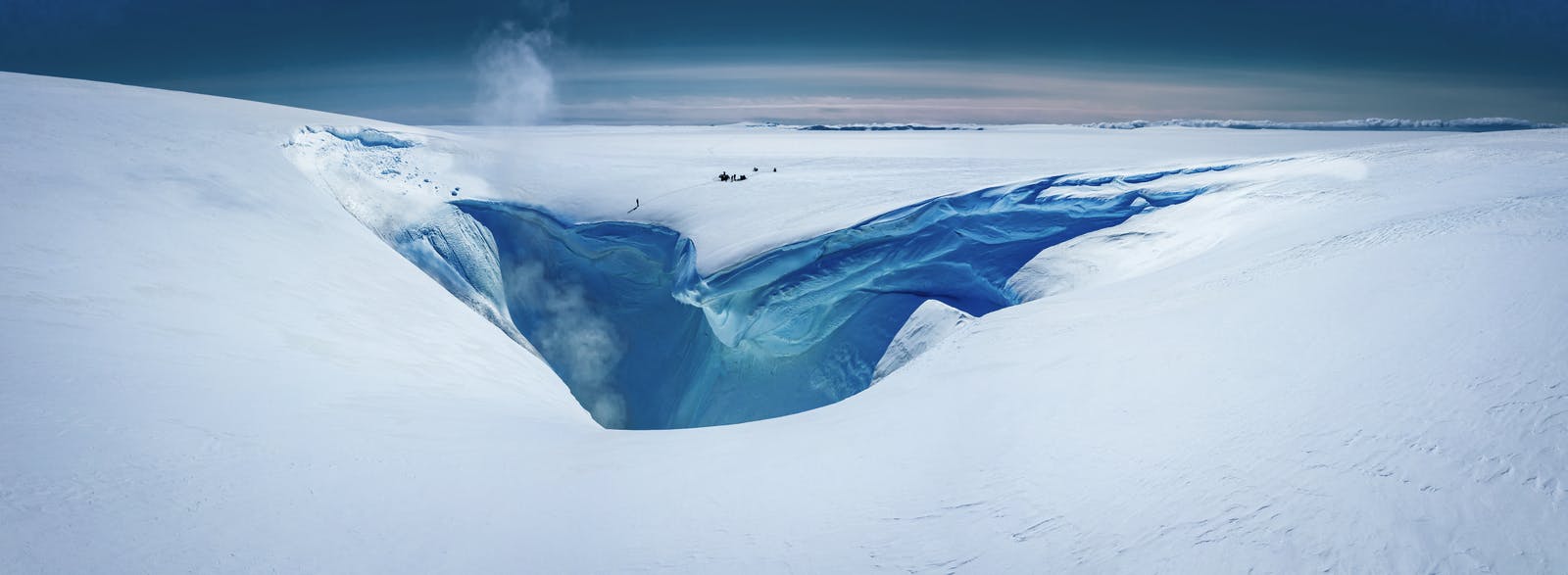
While Eyjafjallajökull may be more recognised globally due to its disruptive 2010 eruption, it's not the most active volcano in Iceland. That title goes to Bárðarbunga, a glacier-covered central volcano with a unique history.
Bárðarbunga's last eruption occurred in 2014, characterised by the Holuhraun lava eruption north of Vatnajökull and a collapse of the glacier-covered caldera. Even though it hasn't erupted since then, it's part of a broader active volcanic system, demonstrating that its quiet phase doesn't imply a lack of potential for future activity.
Indeed, Bárðarbunga continually reminds us of its presence in a different way: through regular seismic activity. Earthquakes and seismic swarms are common in its vicinity, serving as a reminder that this volcano, though currently silent in terms of eruptions, is far from inactive.
Bárðarbunga also holds a record in Iceland's volcanic history. It was responsible for the most explosive eruption in historical time ever recorded in the country. This enormous eruption, the Veiðivötn eruption, happened in 1477, demonstrating the substantial destructive power this volcano could unleash.
This subglacial volcano, nestled under the Vatnajökull glacier, has the potential for significant eruptions. It may currently be out of sight, lurking beneath the ice. Still, it's history and ongoing seismic activity suggest we should never underestimate its ability to reshape Iceland's landscape should it awaken once more.
Katla
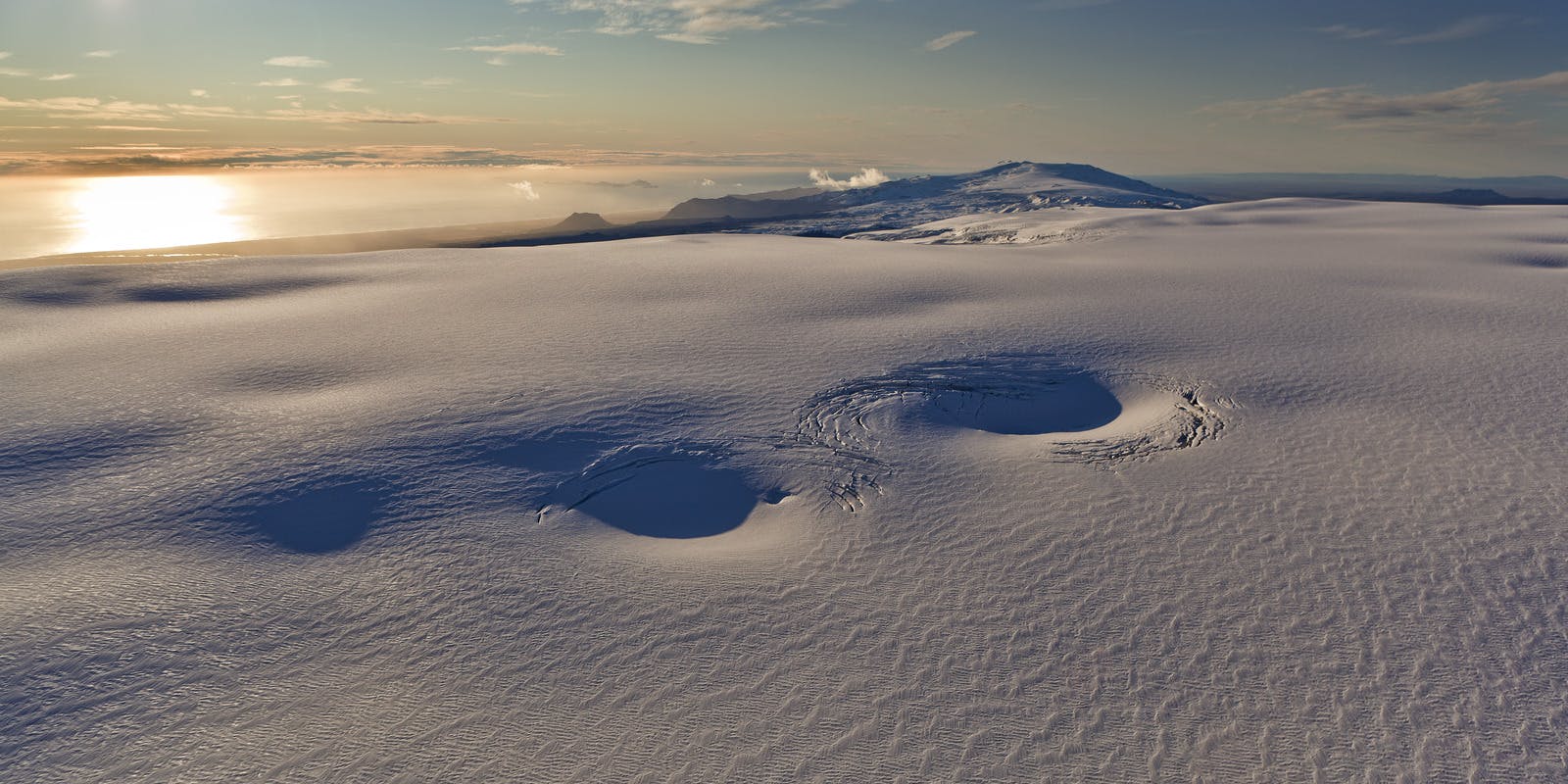
Katla is one of Iceland's most active and threatening volcanoes. Since the country was settled, it has erupted frequently and often violently. Between 930 and 1918, this powerful force of nature erupted at least twenty times, each event contributing to its reputation as an unpredictable and dangerous volcano.
Interestingly, Katla is not just any ordinary volcano. It falls into the subglacial volcanoes category, meaning it's beneath a thick layer of ice. In Katla's case, it's cloaked under the massive ice cap known as Mýrdalsjökull.
This unique condition sometimes allows small eruptions to go unnoticed, as the ice cap muffles the seismic activities and contains the eruptive material.However, as we advance in technological capabilities, we gradually lift the veil on these concealed volcanic activities.
Since 1918, for instance, there have been at least three periods of activity that didn't break through the ice, most recently in 2011. Nevertheless, this current period of dormancy is the longest observed since records began, leading to constant speculation that the next "big one" is imminent.
Hekla
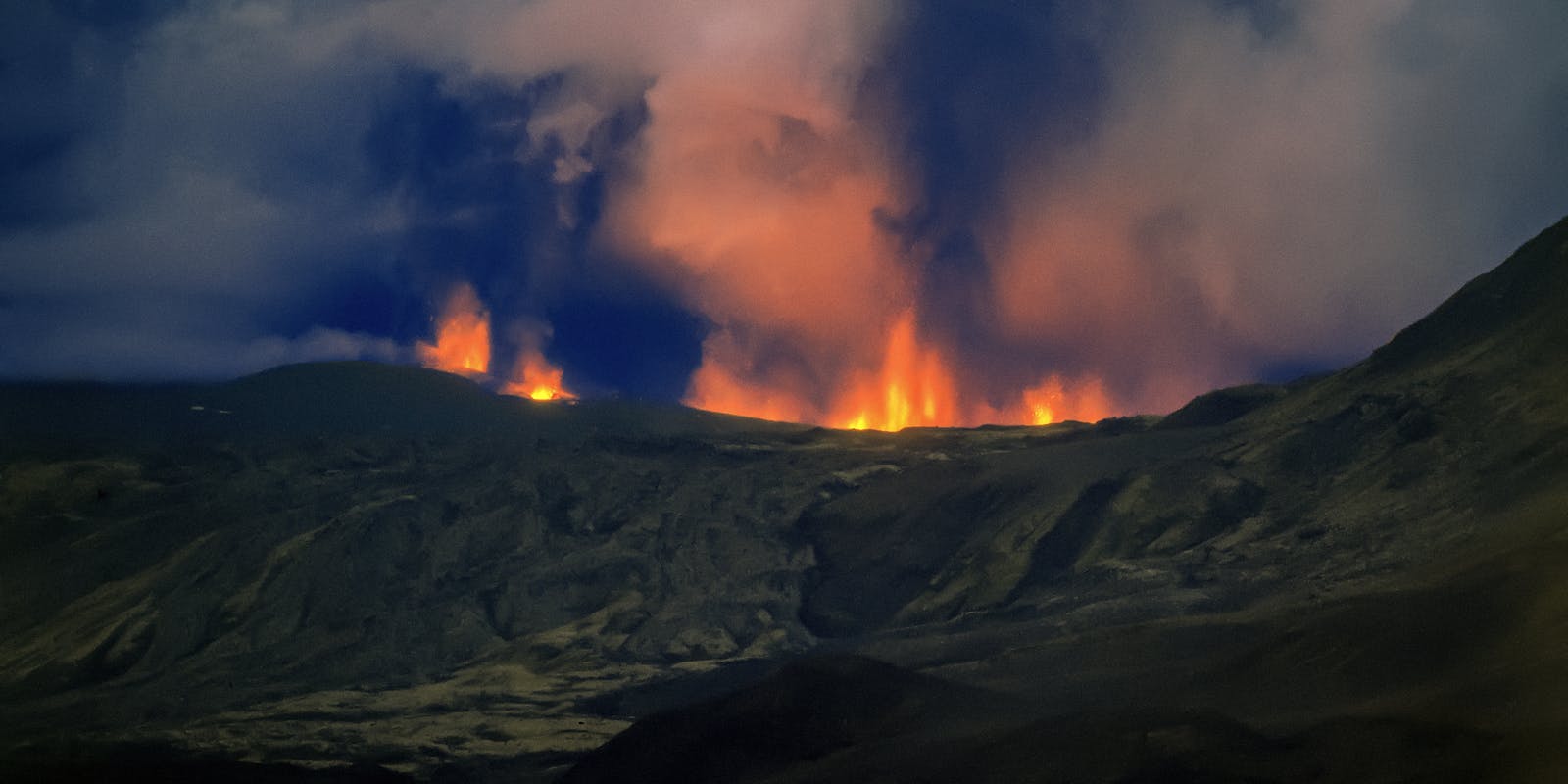
Hekla, a prominent feature in Iceland's volcanic landscape, is also the central volcano in a system sharing its name. With a history marked by frequent activity, Hekla last erupted in 2000 and has become known for its distinct style of eruptions.
Typically, Hekla's eruptions have begun with what's called a Plinian eruption. This type of eruption is characterised by powerful explosions that send a column of ash and rock fragments, known as tephra, high into the sky. However, these dramatic displays are typically short-lived, often lasting only a few hours.
Following these initial explosive events, Hekla has commonly transitioned into a phase of lava flows. While less visually dramatic, these lava flows can persist for several weeks, reshaping the surrounding landscape. During its most recent eruption in 2000, most of the volcanic activity was concentrated in the first hour, and it occurred with very little warning.
However, it's essential to remember that predicting volcanic activity is an uncertain science. Even though Hekla has displayed a certain pattern of activity in the past, it doesn't guarantee that future eruptions will follow the same script. Volcanologists can make educated guesses based on previous patterns and ongoing monitoring. Still, each eruption brings with it a degree of unpredictability. This underscores the unpredictable nature of these powerful phenomena.
Grímsvötn
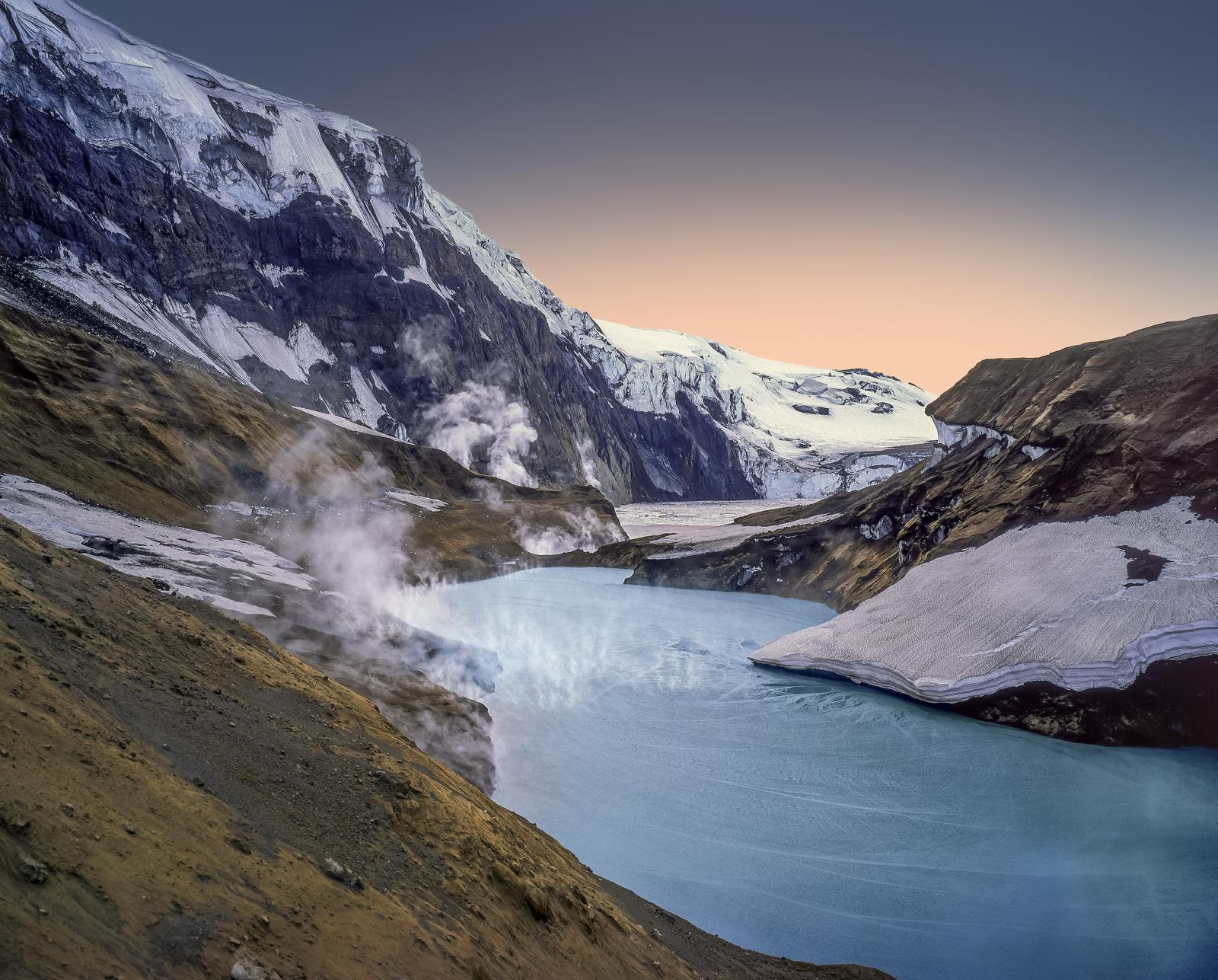
Hidden beneath the ice cap of Vatnajökull, Iceland's most extensive glacier, is Grímsvötn, another intriguing subglacial volcano. While it may be concealed from sight, its volcanic activities have made its presence felt time and time again.
One of the most recent and memorable eruptions of Grímsvötn occurred in 2011. This powerful event began just an hour after the initial seismic rumblings were detected. The eruption expelled a considerable quantity of basaltic tephra, which are essentially fragments of rock and volcanic material. The force of the explosion propelled these fragments high into the sky, scattering them across a broad radius and the wind blew the finest fragments still further away. Some of the debris even landed tens of kilometres away from the volcano's epicentre.
Since then, there have been several instances of jökulhlaups, which are glacial floods caused by volcanic and geothermal activity beneath the glacier. However, such floods aren't usually followed by an eruption. Right now, the ground shows signs of deformation, often indicating a build-up of material or pressure beneath the surface.
However, the potential cause for concern has been slightly alleviated. The volcano's alert level was recently downgraded as the landscape changes have persisted for several months without leading to an eruption. While Grímsvötn's activity continues to be closely monitored, the current lull provides a moment of respite in the otherwise volatile saga of this subglacial volcano.
Volcanic Activity in Iceland
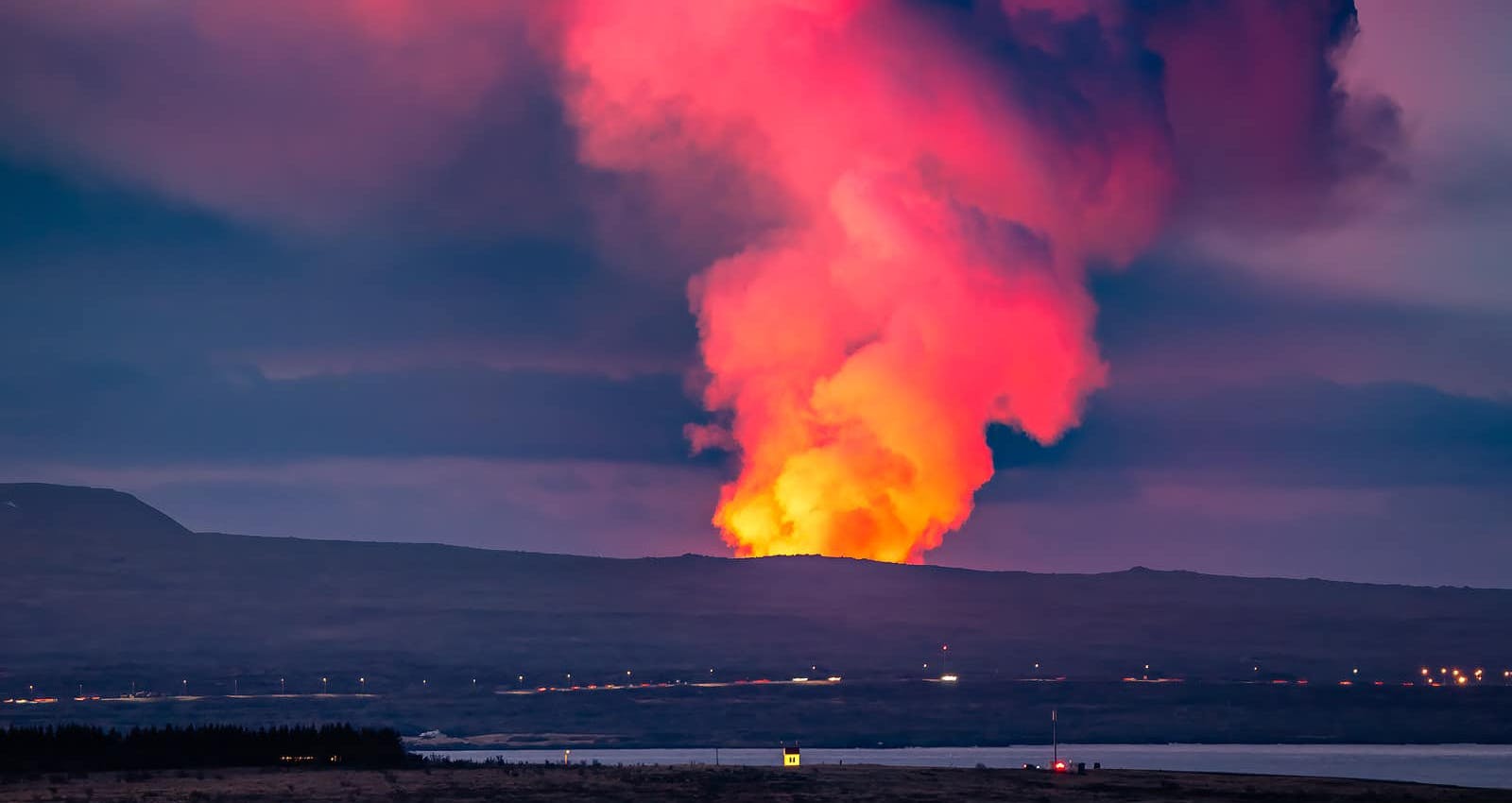
Iceland is situated in one of the world's most tectonically active zones, as seen on the Reykjanes Peninsula and other areas where gases and steam escape from the ground, revealing the intense energy below.
Iceland's captivating geological features draw many visitors eager to delve into the world of volcanoes and understand their potential power. If you share this curiosity, you should explore Perlan's Forces of Nature exhibition. This exhibit offers fascinating insights into the tumultuous processes that shape our planet, making it a must-see for any volcano enthusiast.
Iceland's advanced monitoring system provides reassurance amid the geothermal activity. The country has a strong track record of predicting volcanic dangers and issuing timely warnings. For information about safety in Iceland and volcanic statuses, visit SafeTravel.is.







